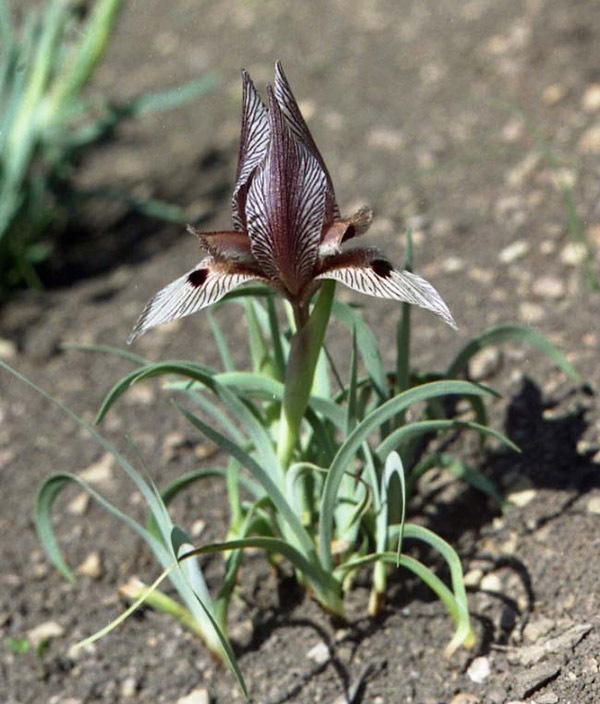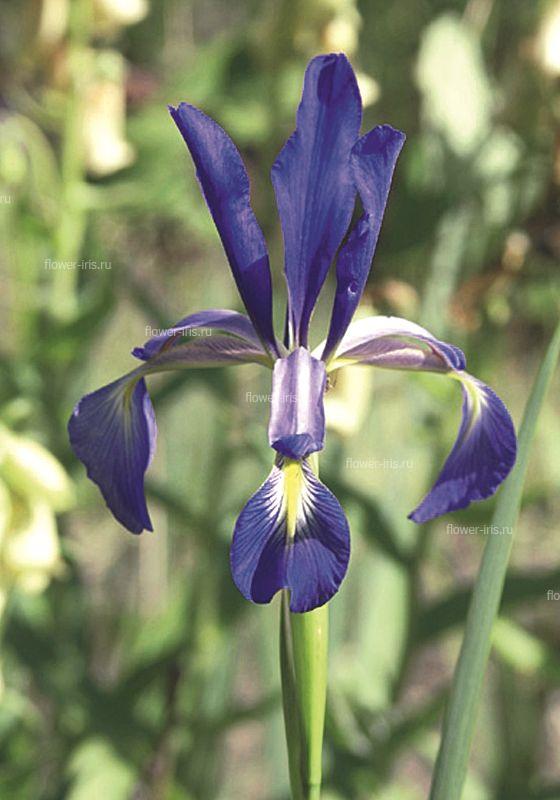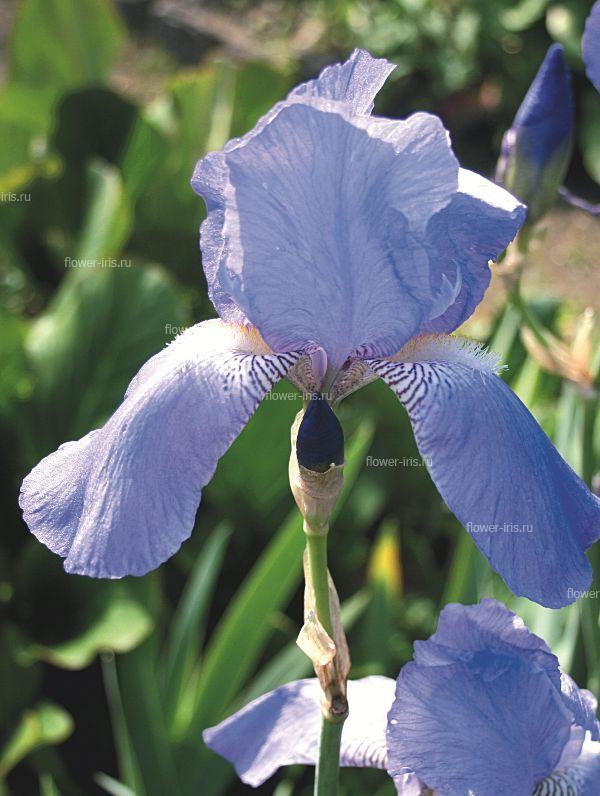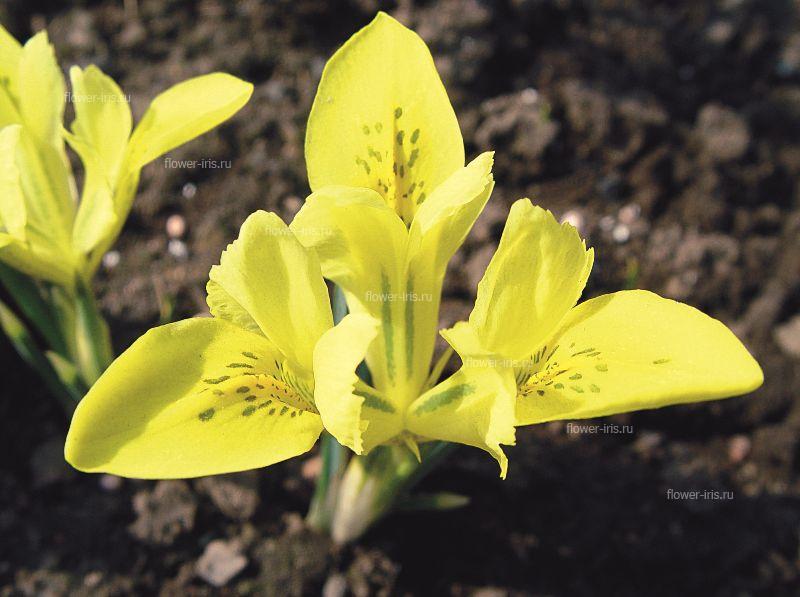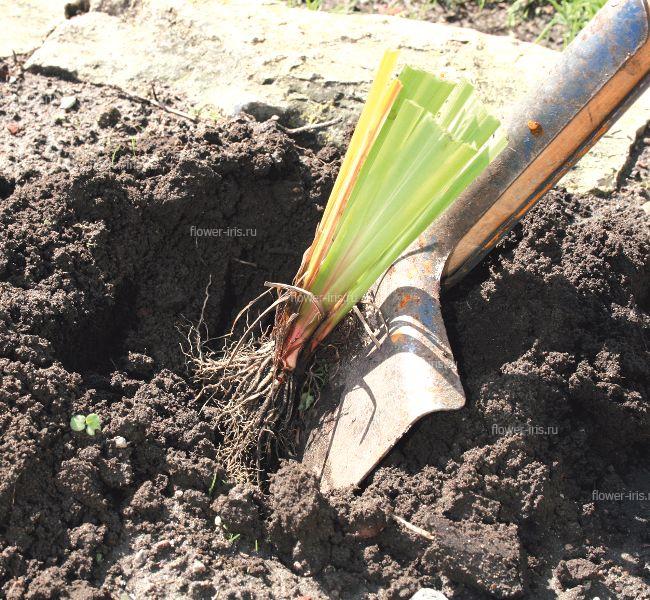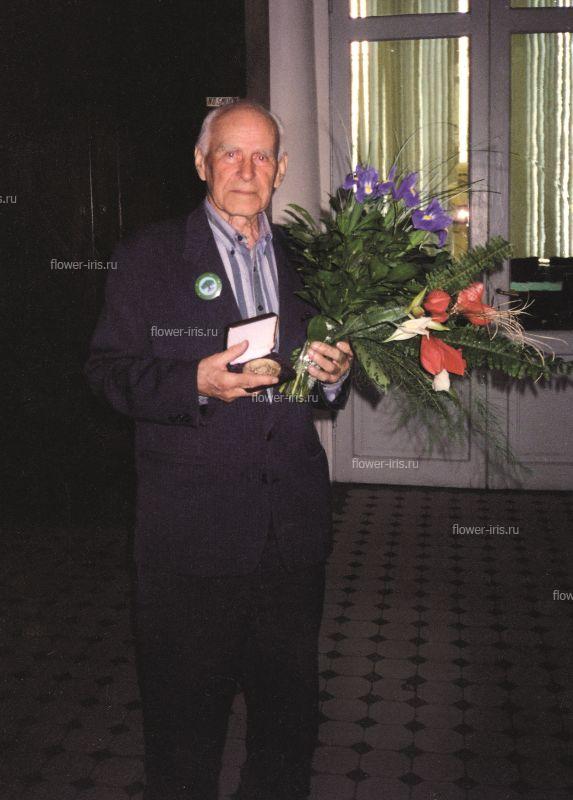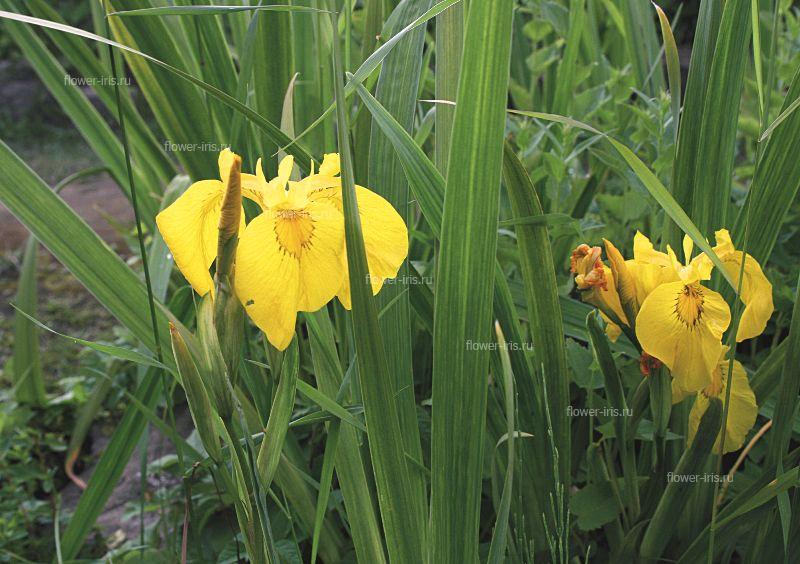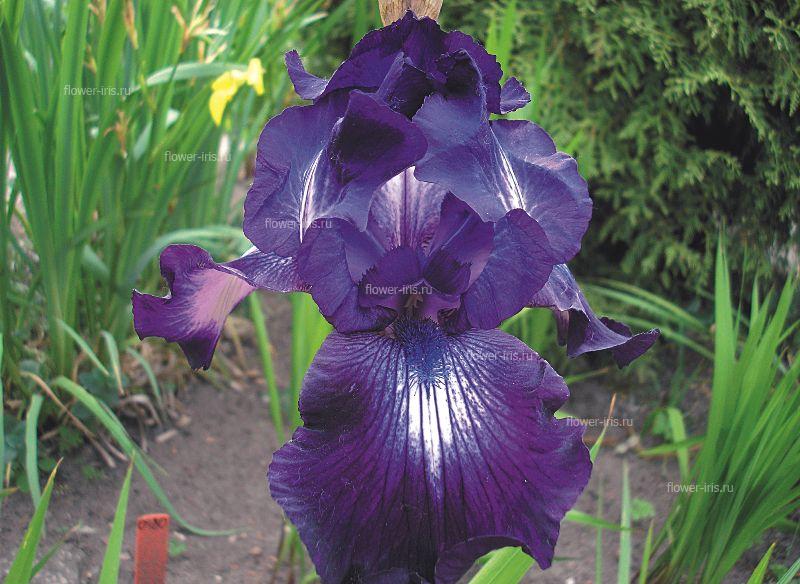|
News Photo Gallery |
Subgenus Eremiris (Eremiris) - Desert IrisHomepage → Books on Iridarium (Iris Garden) → Look in the book → Subgenus Eremiris (Eremiris) - Desert Iris
Introduction
Create iridariya Family Iridaceae Bulbotubers Bulbous Rhizomatous Genus Iris Subgenus Iris Subgenus Limniris Subgenus Eremiris Subgenus Xyridion Subgenus Tenuifolia Genus Pardanthopsis The exhibition "Iris Russia" Exposure Iris garden Cultivate Insect Pests and diseases of Irises Literature The translation is done through the service translate.google.com. Rhizome korotkovetvistoe of tightly pressed against each other short branches, forming a dense turf, covered the remains of leaf sheaths. The stem is low, almost naked, very simple, pointed at both ends, 2 -, 4-flowered. Leaves linear, narrow, rigid. Husks green leaves on the edges white-scarious, unequal size, long-pointed. Flowers are monochromatic. External and internal perianth lobes more or less made the same way. Ovary triangular or nearly terete, deeply furrowed 6. Butter-box, 3-Point, 6-sided, slightly netted, indehiscent. Seeds ovoid or subglobose. In subgenus has 4 species. They are found in Russia - Siberia and the Far East. Outside of Russia - Kazakhstan, Mongolia and China. Plants form dense thickets of turf. Solonetzic on rivers, lakes, springs, in saline coastal and steppe meadows, on the bottom of the valley, along the margins of salt marshes in the hilly saline marshes, chievnikah to saline shallow sands, rising to 3000 meters above sea level. m, often thickets. Xeromesophyte. I. biglumis Vahl. - K. dvucheshuyny. The leaves are gray-green, at the base of the split with hard dark brown fibers, 15-35 cm long., Up to 4 mm wide. Peduncle 5 (10) -20 (45) cm. The flowers are blue-gray, sometimes whitish. Spindle-shaped box with a long nose with obvious veins. Seeds are dark brown. Widespread in central Siberia on alkaline meadows, shallow saline desert, on the banks of the steppe lakes and rivers, marshes margins. Forms thickets of dense turf. Blooms in late May and early June. Fruit in July and August. I. lactea Pall. - K. milky white. The leaves are stiff, with conspicuous longitudinal veins, linear, gray-green, 35-55 (65) cm., 4-8 (15) mm wide., B. hours exceeding peduncle. Peduncle 10-25 (50) cm., Sometimes very short, slightly flattened, compressed, in dense, strelkovidny. The flowers are blue, pale blue (rarely white). Box with a thin light skinned, short, pointed at both ends, almost cylindrical. Seeds maroon-brown, slightly glossy. In Russia, many in Eastern Siberia (Chita Region). Outside of Russia - Kazakhstan, Mongolia and China. Solonetzic on rivers, lakes, springs, gorges on sandy bottoms, in saline coastal and steppe meadows, on the bottom of the valley, along the margins of salt marshes in the hilly saline marshes, chievnikah to saline shallow sands, at altitudes up to 3,000 meters - often thickets. Blooms in late May and early June. Fruits in mid-July and early August. I. oxypetala Bunge - K. ostrolepestny. Leaves narrowly linear, exceeding the stem, up to 50 cm long., 6 (8) mm wide., Bluish-green, hard, thick, with distinct veins. Peduncles erect, not branched, 25-35 cm high., Ribbed at the base of a bright purple, leafless or with one tbsp. l. Flowers pale purple, or almost white. Capsule oblong-elongate, spindle-shaped. Seeds are dark brown. In Russia, grows only in the Khasan district of Primorye, in the vicinity of the village of Poset. Outside of Russia - Central Asia and China. In meadows (usually saline) on river banks and bottoms of the valleys, on the banks of saline rivers, lakes and springs, along the margins of salt marshes, on alkaline sands, in patches, and along ditches, irrigation ditches and along the edges of irrigated fields, up to 3500 m forms thickets of dense turf. Blooms in June. Fruiting in August. I. pallasii Fisch. - C. Pallas. Leaves in bundles, grayish-green, line up to 30-50 cm long. and 4-6 mm wide., long stems. Peduncles up to 15 cm high. The flowers are blue-violet. Capsule oblong, tapering to nose. Seeds dark brown, glossy. In Russia, only found in Western Siberia. Outside Russia, Kazakhstan (north-west) and in Mongolia. It grows on dry sandy shores of lakes and rivers, saline marshes bumpy. Plotnodernovinnoe plant. Blooms in late May and early June. Fruiting in August. |


 Eng
Eng

